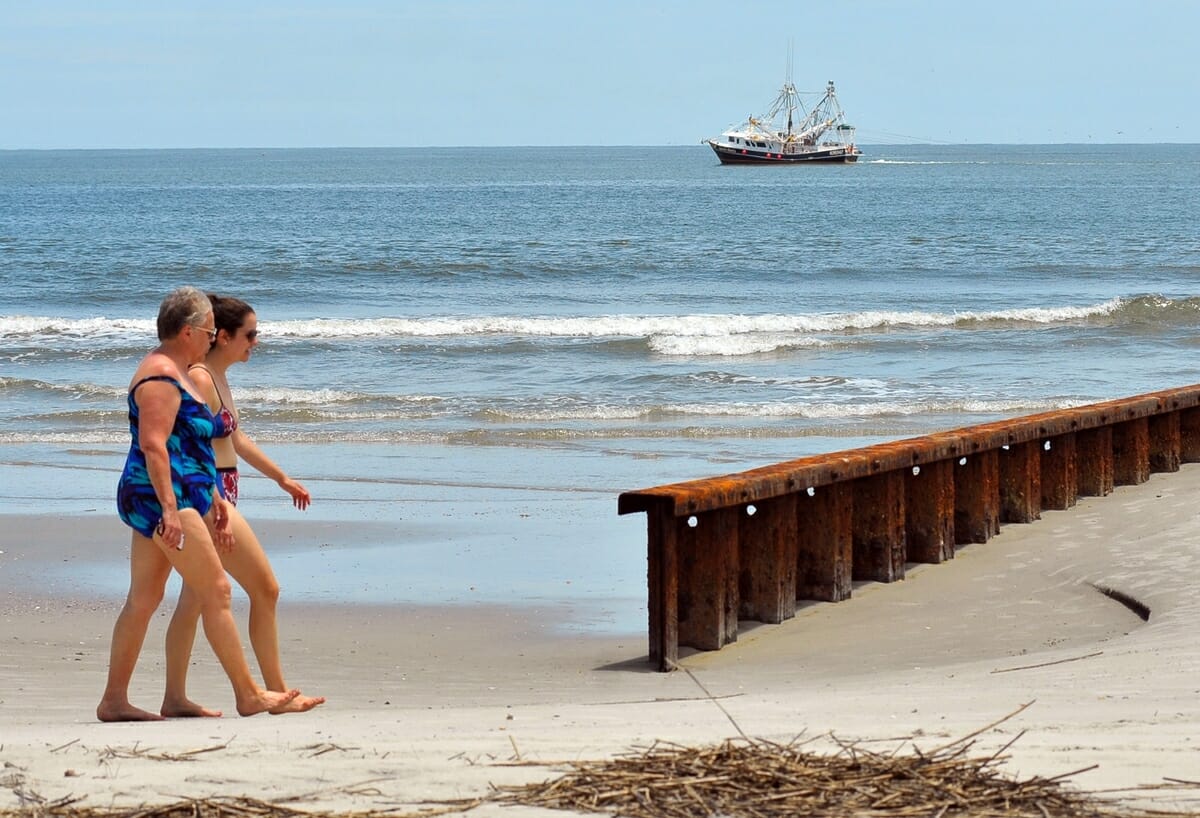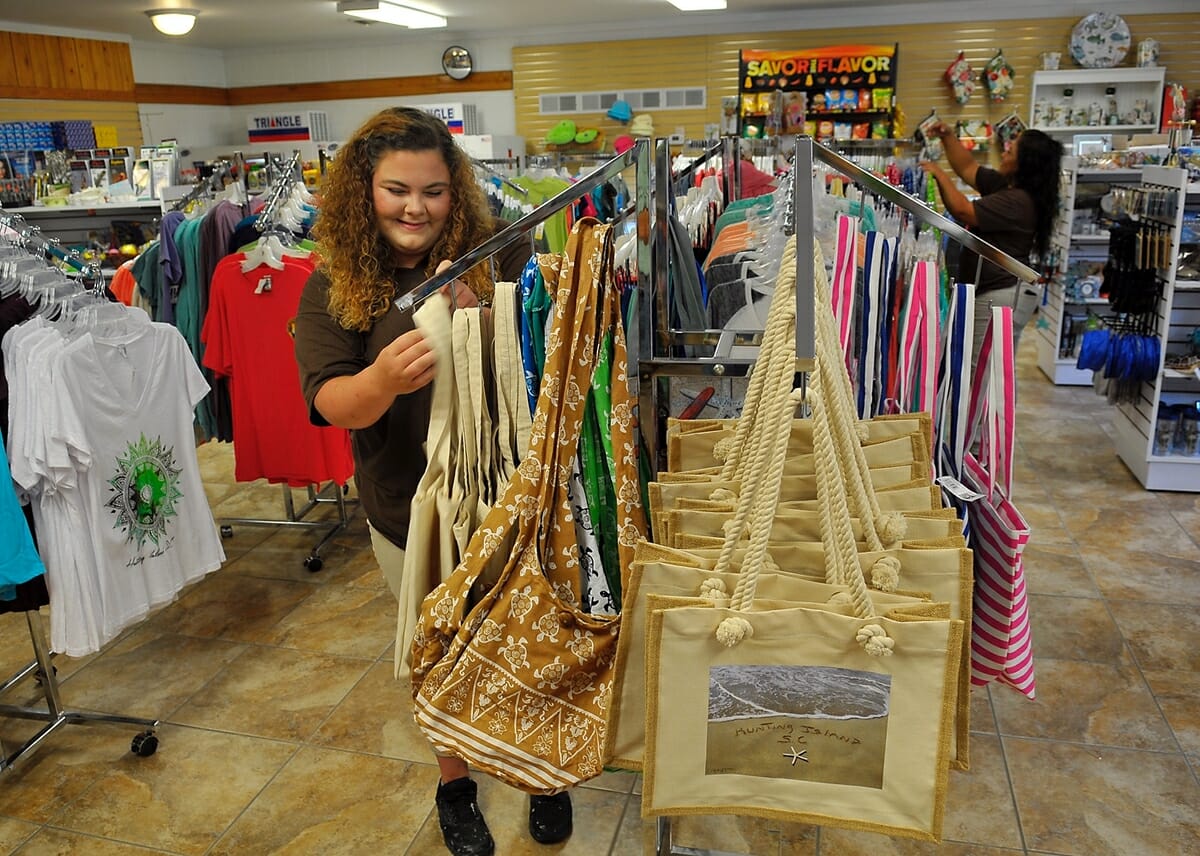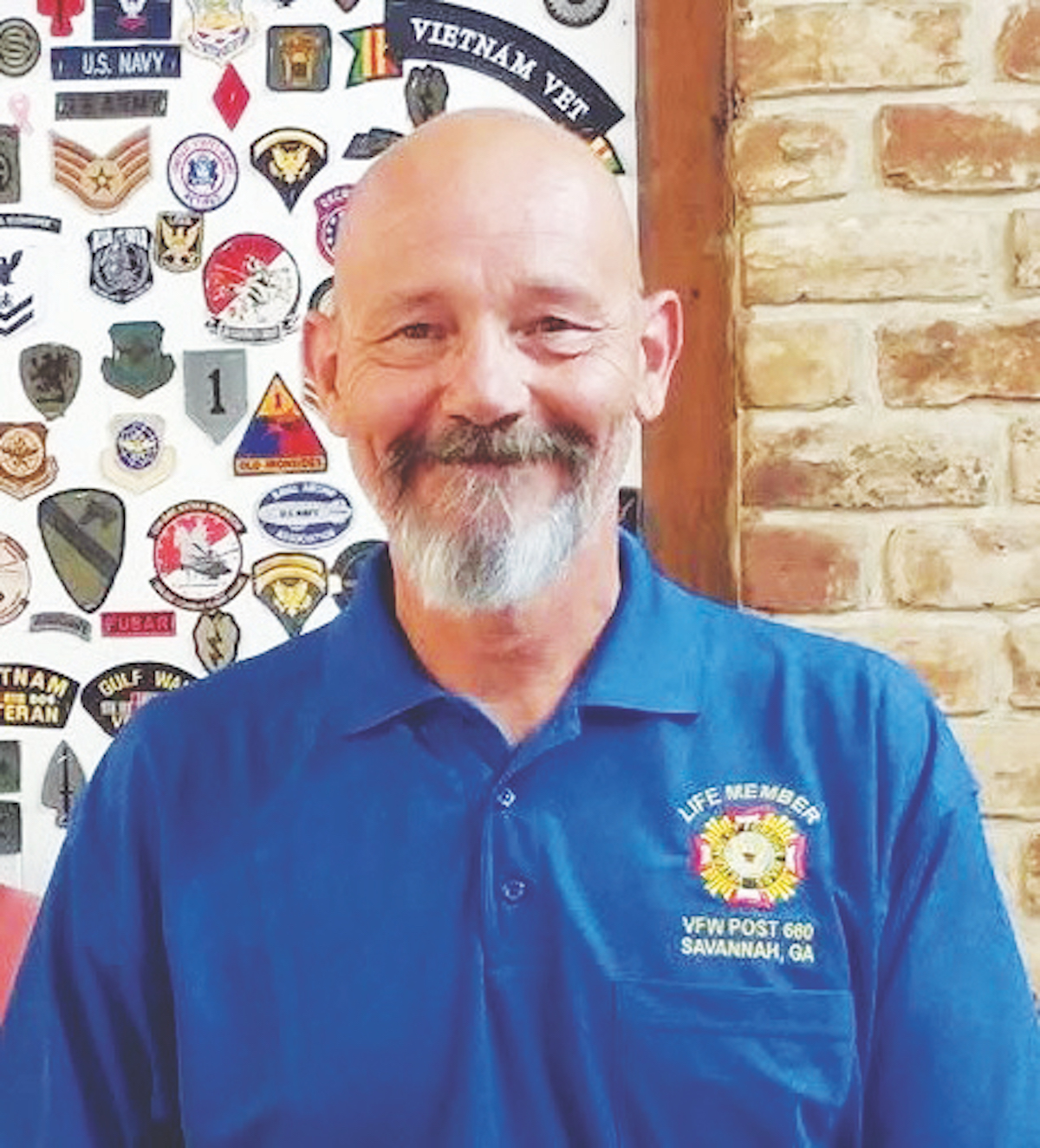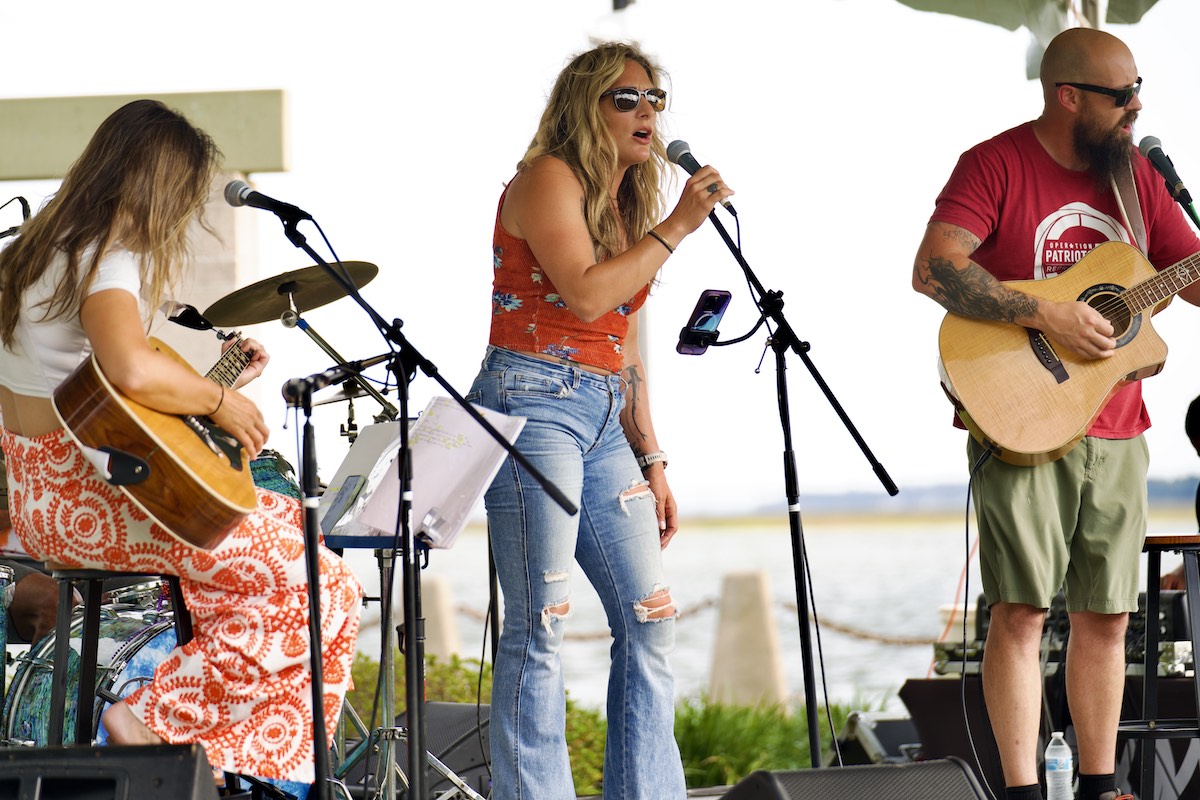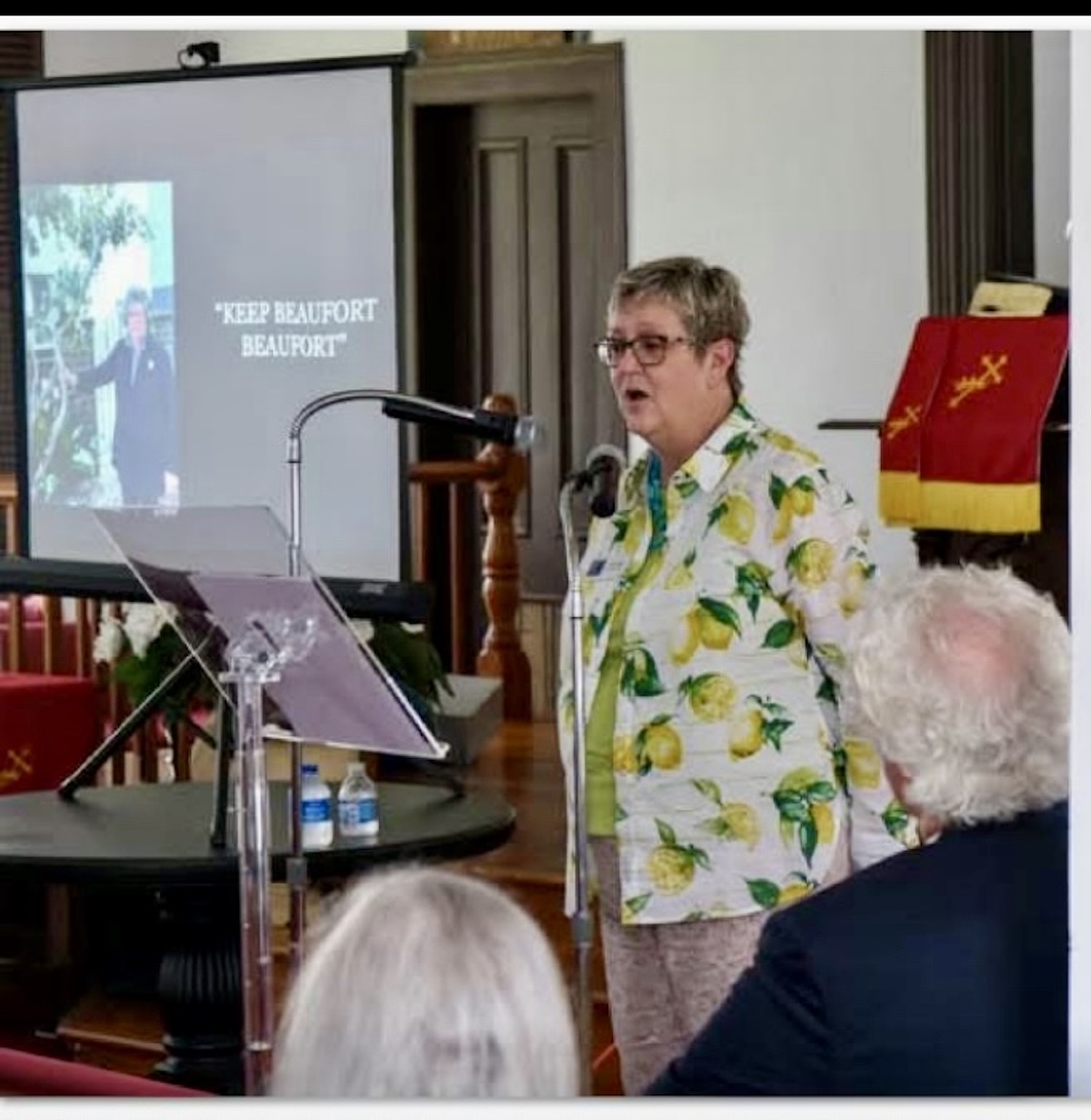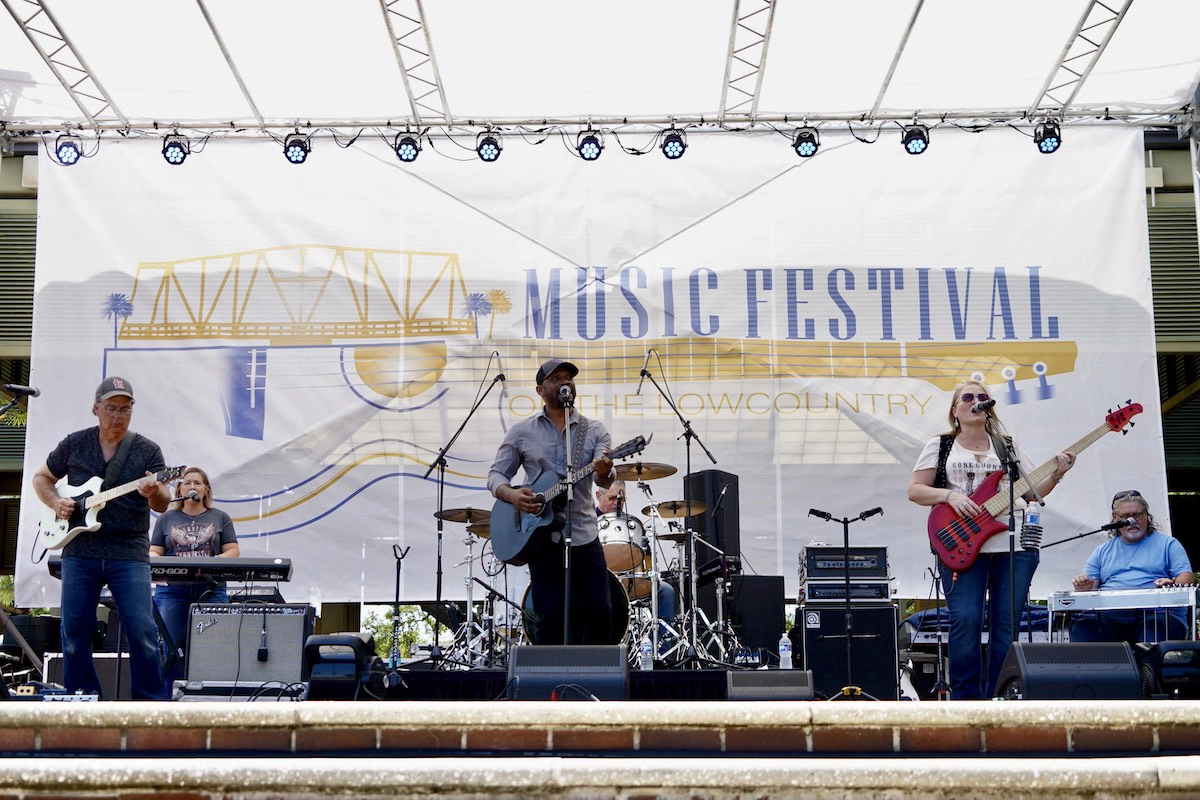Photo above: Hunting Island State Park officially reopened on June 2, but it has lost a significant amount of its beach due to Hurricane Matthew, which hit the Lowcountry in October 2016. Photo by Bob Sofaly.
By Amy Rigard
Nearly a year after Hurricane Matthew swept through the Lowcountry, Hunting Island State Park’s beaches remain vulnerable due to the devastation to the island’s dune system and vegetation.
This increased vulnerability prompted state park officials to significantly increase the scope of a beach restoration project originally proposed in March 2016 and subsequently delayed due to the storm.
The new permit request includes dredging, beach nourishment and the construction of low-profile sheet pile groins – man-made structures extending hundreds of feet into the ocean designed to trap and build up sand as it moves down the beach.
After assessing the damage caused by Hurricane Matthew, the new proposal nearly doubles the scope of the March 2016 request.
Now, engineers plan to increase the amount of sand from 635,000 cubic yards to up to 1.2 million cubic yards along 11,700 linear feet of Hunting Island’s shoreline, and to construct two additional groins, totaling up to four new groins.
“The need for beach renourishment is more vital now than ever before,” according to SC State Parks Director Phil Gaines. “As more visitors continue to come back to the island, and as we enter a new hurricane season, it’s critical that people know we lost the dune system here.”
As one of the most vulnerable locations on the island, the north end of the island between the historic lighthouse and the campground would receive the majority of the new sand.
A parking lot within feet of the water at high tide, the lighthouse and nearby gift shop are other particularly vulnerable locations. The south beach, which also experienced serious erosion, would receive sand dredged from an area about 2 miles offshore.
As a barrier island susceptible to high levels of beach erosion, Hurricane Matthew accelerated the need for and expanded the scale of the newly proposed beach restoration project.
While up to four groins are sought in the new permit request, Gaines believes at least two are essential, especially one just north of the lighthouse. That groin would help maintain the new sand and protect the nearby parking lot, gift shop and lighthouse.
As visitors continue to return to the island, they may notice some visible differences.
Park staff has been working diligently to add fencing to capture dunes and vegetation to help protect those dunes. As the island continues to recover, park staff has also had to make difficult decisions on whether to replace some of the facilities lost to the storm, and where to locate new facilities to help keep them protected. Gaines said some of the facilities lost near the ocean will not be replaced.
The proposed restoration work would likely begin in early 2018, be completed by the start of the 2018 season, and cost about $10 million, the most expensive Hunting Island beach restoration project to date.
The island’s eight previous beach restoration projects totaled $13.1 million, according to the 2016 permit request. The island’s beaches typically undergo normal renourishment every eight to 10 years, and the last project was completed in 2006.
The proposed project would not only help restore the beach and protect the associated infrastructure, but it would also help to maintain Hunting Island State Park’s revenues, which rely on a viable beach and campsite area.
As one of the state’s most popular parks with more than 1 million visitors during a fiscal year, the restoration project could also result in a boost to Beaufort County’s economy as more visitors flock back to the popular beach and campsite.
The renourishment project would minimize impacts to wilderness sections of the beach and would provide new beach habitat for shorebirds and sea turtles.
“It’s fascinating to see how fast Mother Nature recovers,” said Gaines. “We have seen dune development in some places, as well as some vegetation. Mother Nature is working to heal herself, but we can help give her a boost by renourishing the beach and building our dune system back up.”


